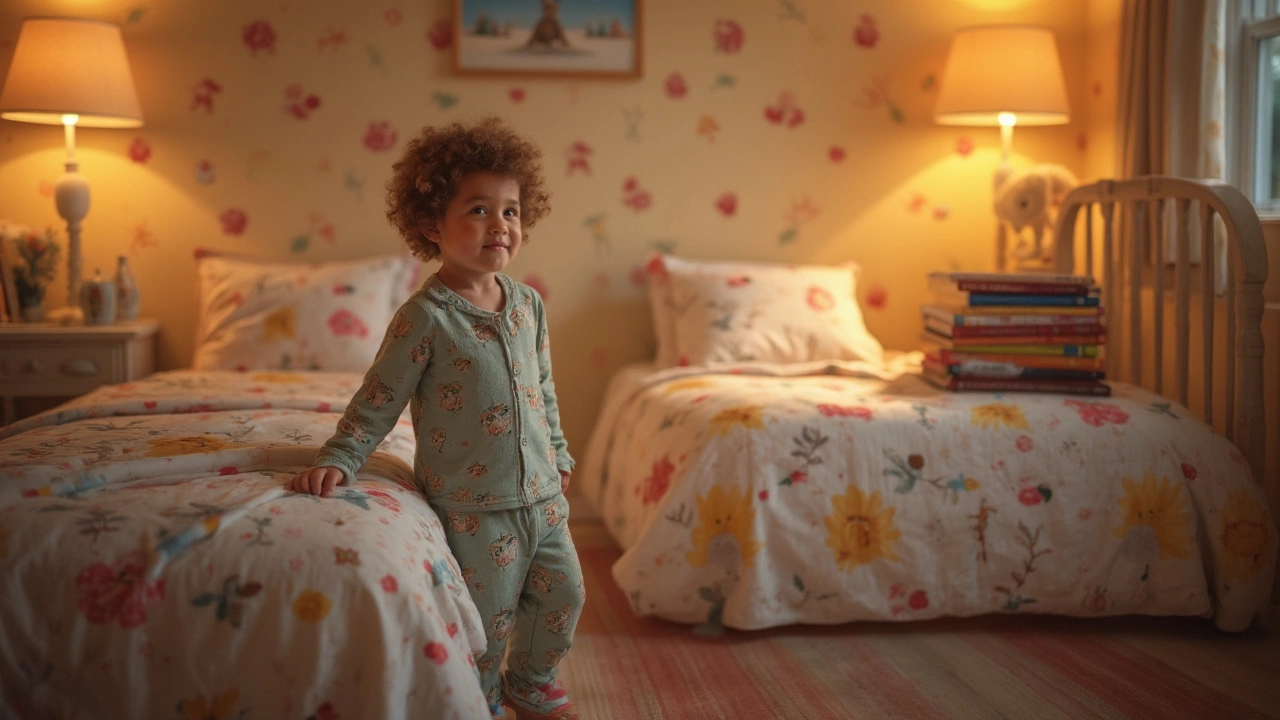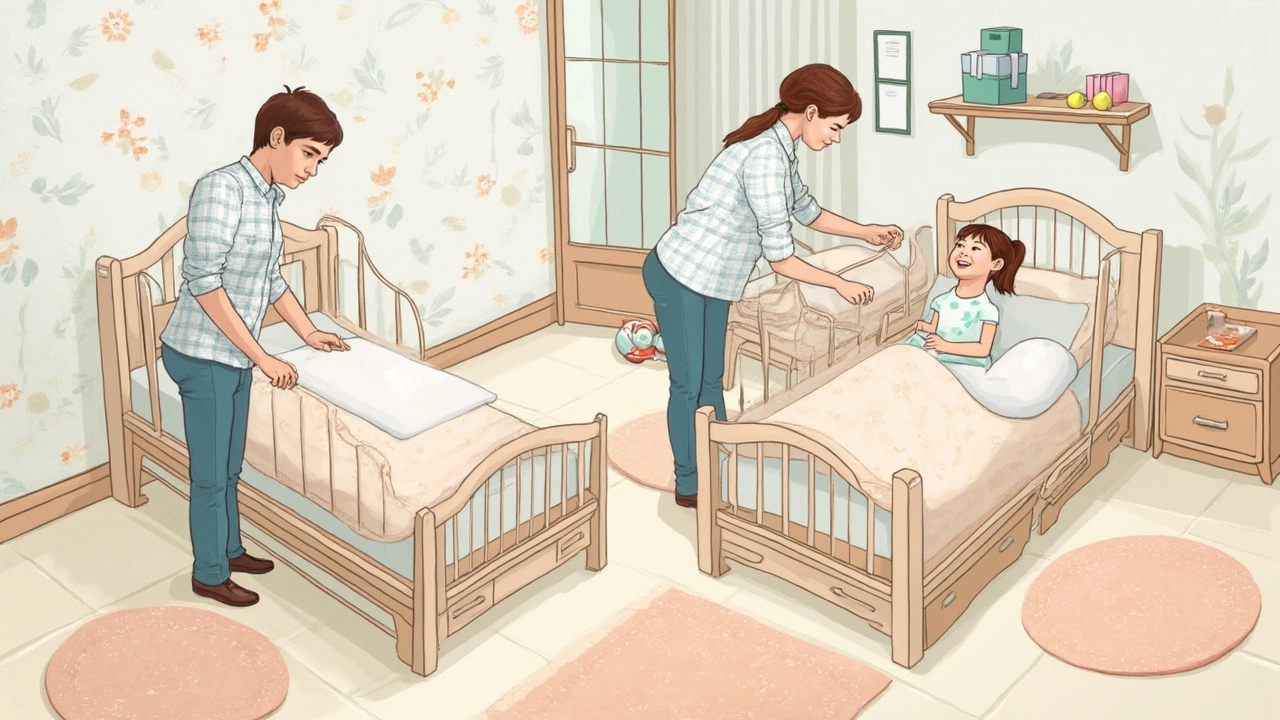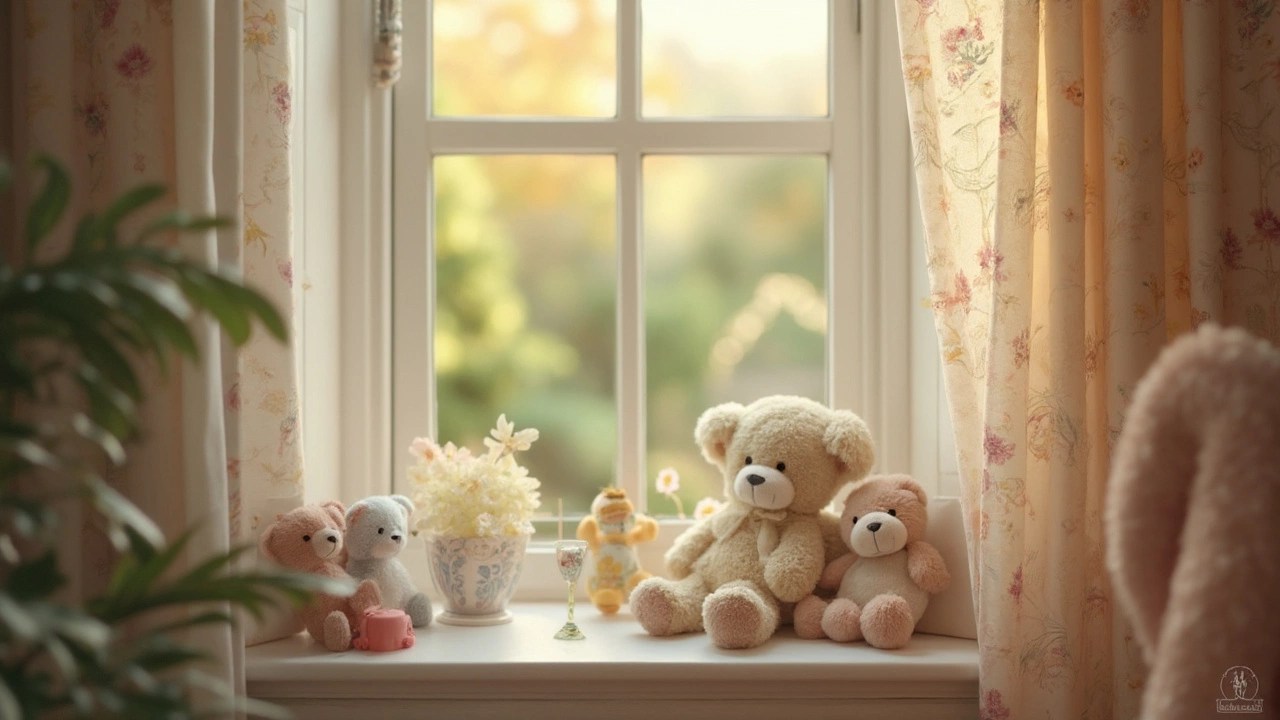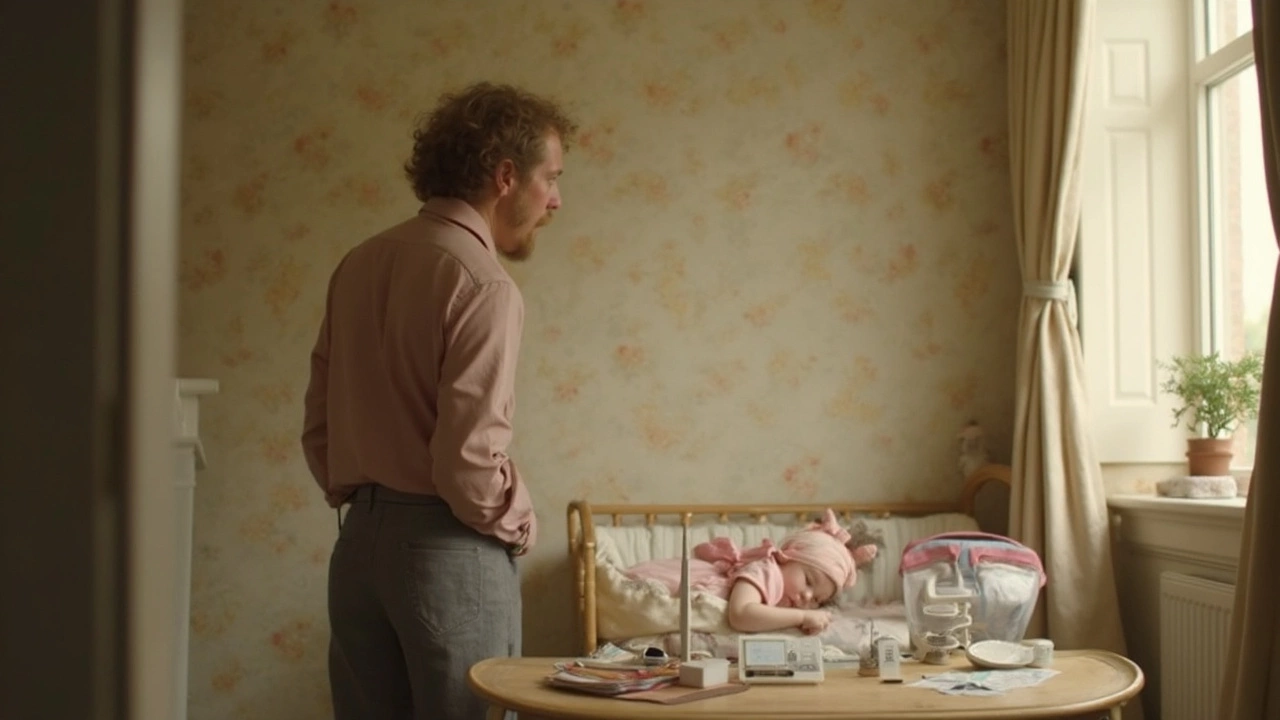When to Switch from Toddler to Twin Bed: What Parents Need to Know

Ever wondered how you’ll know it’s time for your toddler to graduate to a twin bed? It’s not about a specific age—it’s more about size, needs, and the chaos every parent faces. If your kiddo is climbing out of the crib or toddler bed every night, that’s already a big hint. Or maybe you’re dodging nightly kicks because there just isn’t enough space anymore.
Kids grow fast (I swear Finn outgrew his toddler bed shockingly quick). If their feet brush the end of the bed or they want to sleep with more stuffed animals than the bed can handle, it’s probably time to think bigger. But this isn’t just about room—safety and comfort really come into play. Sometimes, waiting just a bit longer makes all the difference for a smooth transition and better sleep for everyone, you included.
- Spotting the Signs Your Toddler Is Ready
- Safety and Comfort Considerations
- Making the Twin Bed Transition Smoother
- Real-Life Stories and FAQ
Spotting the Signs Your Toddler Is Ready
So, when is the right time to switch from a toddler bed to a twin bed? Most parents aren’t given a magic number, but there are pretty solid clues your kid is outgrowing that little bed. Kids will show you in their own way, and honestly, they’re not shy about it! Here’s what you should watch for:
- Climbing Out Regularly: If your child has figured out how to climb out of their toddler bed or even the crib, it’s not just annoying—it can be dangerous. Most pediatricians suggest a bigger bed once your little escape artist can’t be contained.
- Running Out of Space: When your child’s head and feet are close to touching both ends or they keep falling out, it’s a sure sign that the bed is way too small.
- Nighttime Complaints: If they start complaining their bed feels "squishy," "crowded," or uncomfortable, take it seriously. They’re probably not just stalling bedtime.
- Bathroom Independence: Many kids develop the need to get up at night to use the bathroom around age three or four. A twin bed, which is lower and easier to get in and out of, can help a lot.
- Age and Weight Limit: Check your bed’s weight recommendations. Most toddler beds max out at around 50 pounds. By age five, a lot of kids have outgrown their bed in more ways than one.
If you’re a numbers person, check this out:
| Average Age | Average Height | Outgrowing Toddler Bed (%) |
|---|---|---|
| 3 years | 37 inches | 25% |
| 4 years | 40 inches | 60% |
| 5 years | 43 inches | 85% |
Every kid’s different, but if you can tick off most of these signs, it’s probably time to say goodbye to the toddler bed and start shopping for a twin bed. Don’t stress if your friend’s child made the switch earlier or later. The real sign is your own kid’s comfort, safety, and happiness.
Safety and Comfort Considerations
Switching from a toddler bed to a twin bed is more than just moving up a size. The main thing here is making sure your child is safe and actually wants to sleep there. Twin beds are higher off the ground, so falls are more likely in the early weeks, especially for kids who roll around at night. A guardrail is your new best friend for those first months. There are easy clamp-on models that fit most twin beds—no tools needed, just peace of mind.
Another thing you can’t skip is the right mattress. Kids do best on a medium-firm mattress that gives enough support for growing bodies but isn’t so stiff it feels like a gym mat. Some twin mattresses even have waterproof covers built in—a big plus if your child still has nighttime accidents.
When it comes to blanket and pillow overload, less is usually better. Toddlers don’t need heavy blankets or more than one pillow. In fact, the American Academy of Pediatrics still says to avoid bulky bedding for kids under 4 due to the risk of suffocation or overheating.
- Check the bed frame for sharp edges or corners. If you spot any, add soft bumper pads.
- Secure any nearby furniture to the wall—kids may use it to climb on or get up in the night.
- Place the bed away from drafty windows, radiators, and hanging cords for extra safety.
Want quick facts? On average, a twin bed is 18 inches high, while toddler beds sit 8 inches off the ground. The higher jump means you’ll want a soft rug or padded playmat next to the bed for a while, just in case of a sleepy tumble.
| Feature | Toddler Bed | Twin Bed |
|---|---|---|
| Height off floor | 8 inches | 18 inches |
| Weight limit | 50 lbs | 200 lbs |
| Railings | Built-in | Optional/Added |
The right setup makes a huge difference. After all, the goal is a child sleep routine that’s safer and comfier—not a nightly wrestling match to keep your little one in bed.

Making the Twin Bed Transition Smoother
So, how do you make the switch from a toddler bed to a twin bed less of a shock for your child—and you? Turns out, there are a few tried-and-true tricks that can really take the stress down a notch.
First up, involve your child in the process. Let them help pick out new bedding or even the twin bed frame if you’re shopping for one. When Finn picked out his dinosaur sheets, the whole thing instantly felt less scary and more exciting. Letting kids have a say makes them feel grown-up and gets them pumped for the big change.
Next, if your toddler’s nervous, skip a giant leap—move the toddler bed mattress onto the floor of their room for a few nights. This step-down approach works wonders for kids who worry about a bigger bed. Once they’re comfy, transfer them to the twin bed without rails for sleep.
Speaking of rails, don’t ditch safety. Use bed rails or push the twin bed against a wall so nobody ends up on the floor at midnight. According to the American Academy of Pediatrics, falls are one of the most common injuries after a move from toddler bed to twin bed.
- Stick to your usual bedtime routine—whether it’s that stack of books or the song they love, consistency helps.
- Keep their favorite stuffed animals or blanket handy. Familiar things make a new bed transition a whole lot smoother.
- Place the new bed where the toddler bed used to be. That way the surroundings feel familiar and less overwhelming.
- Try to avoid the switch during other big changes, like potty training or starting preschool, so it’s not too much at once.
If you’re into stats, check out this quick data table from a 2023 sleep habits survey:
| Transition Age | % of Kids Sleeping Through the Night After 2 Weeks |
|---|---|
| Under 3 | 56% |
| 3-4 Years | 71% |
| Over 4 | 82% |
This just shows—sometimes, waiting until your child’s truly ready makes the whole bed transition way easier for everyone.
Real-Life Stories and FAQ
Every family’s switch from a toddler bed to a twin bed looks a little different, but there are always some common threads. Take my son, Finn—he started sneaking into my bed every morning because his toddler bed felt more like a shoe box than a space for a growing boy. What finally did it? He wanted room for his favorite oversized dinosaur plushie and, honestly, I was tired of the ankle-bruising acrobatics it took to read bedtime stories on that tiny mattress.
One mom I talked to switched her daughter at age three when a new sibling was on the way. It turns out, a study from the National Sleep Foundation found about 30% of kids move to a twin bed by age three, but others stick with the toddler bed until nearly five. There’s no race—just watch for the signs your kiddo is ready.
| Age Range | % of Kids Making the Switch |
|---|---|
| Before 3 years | 30% |
| 3-4 years | 50% |
| After 4 years | 20% |
Let’s clear up some common questions parents have about switching beds:
- Is it bad to wait until my kid is four or five? Not at all. If your child fits the bed safely and isn’t trying to escape every night, it’s fine to wait.
- How can I help my child stay in their new bed? A consistent bedtime routine and letting them pick their new sheets or a special pillow work wonders.
- Should I get guardrails for a twin bed? Yes, especially if your kid rolls around a lot at night. They’re surprisingly easy to attach and give everyone extra peace of mind.
- What helps if my child is nervous about the switch? Keep the stuffed animals from the old bed, and maybe start with naps before full nights in the new bed. Routine and familiarity matter a ton to toddlers.
- How do I know if it’s a toddler bed issue or a general sleep problem? If your child sleeps fine in other spots but not in the toddler bed, it might be time for more space. If bedtime is a struggle everywhere, something else might be going on.
No switch is totally bump-free, but with a little prep (and some patience), your kid will settle right in—and you might even snag some better sleep yourself.


